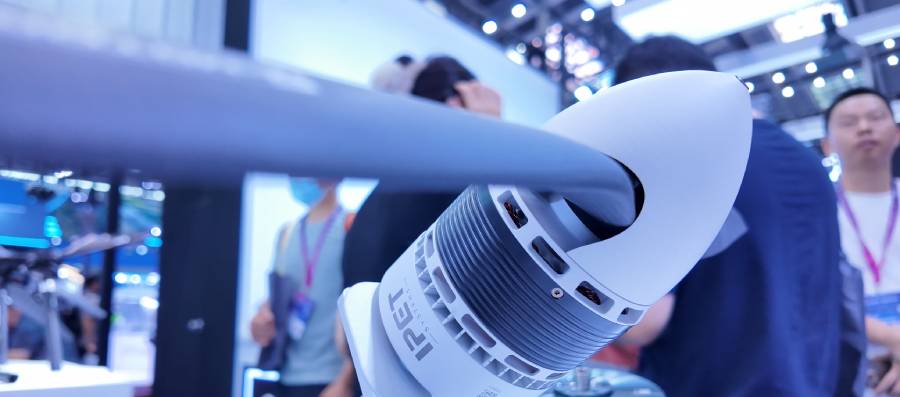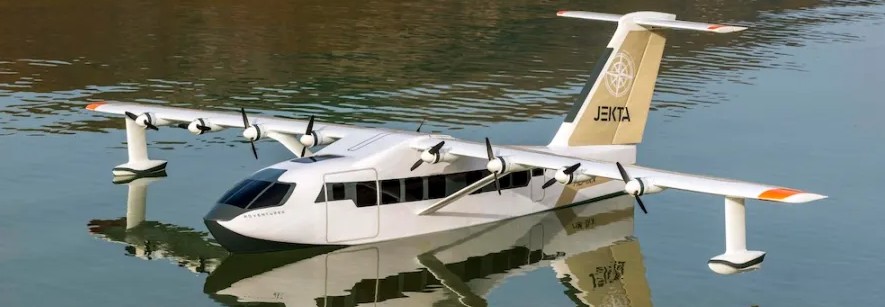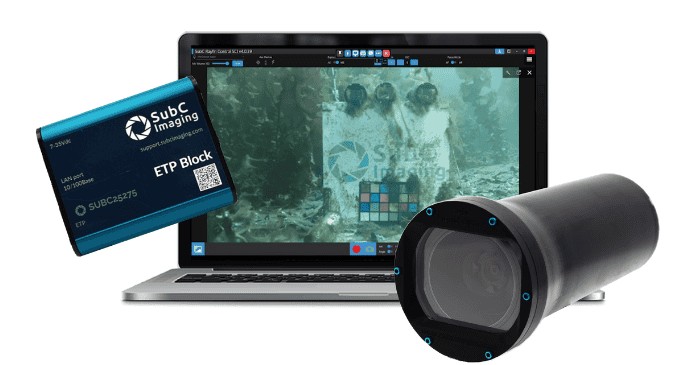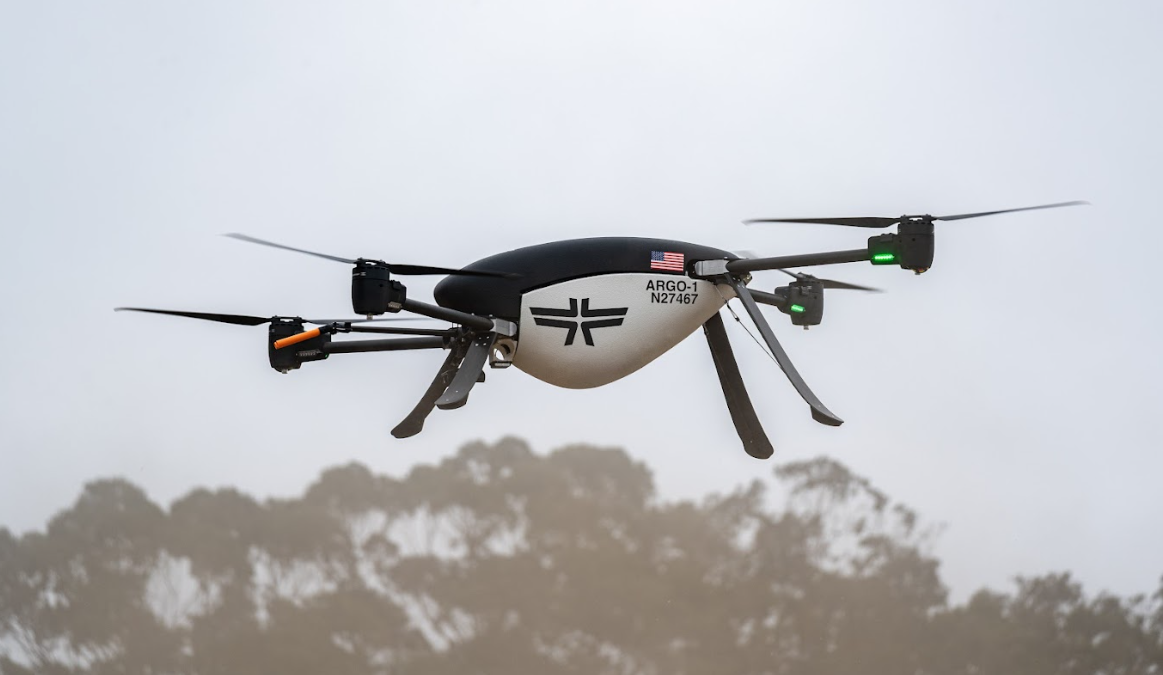IPET Systems - Drone Propulsion with Integrated Electric Power

IPET Systems is a pioneering company specializing in high‑performance electric propulsion solutions for multirotor and fixed‑wing drones. Its signature innovation is the IPET Integrated Electric Power Technology, which seamlessly embeds the electronic speed controller (ESC) inside the motor. This fully integrated architecture minimizes wiring, reduces mechanical enclosure complexity, and dramatically improves power density and space utilization. The result is a compact, efficient, reliable propulsion platform optimized for demanding UAV applications across industrial, mapping, inspection and delivery missions.
Two leading products in the I‑Series lineup demonstrate IPET’s progressive engineering: the I5 Integrated Electric Power System and the I7 Integrated Electric Power System. Though they share the same philosophy of embedded ESC design, they serve different payload classes and performance envelopes.
The I5 is intended primarily for medium‑sized multirotor drones with typical take‑off weights between four and six kilograms. It combines a KV 135 motor with an integrated 8 S 30 A FOC ESC and comes bundled with a 24‑inch carbon fiber propeller. This combination delivers rated static thrust around 1.2 to 1.5 kg, with peak thrust capable of reaching nearly 4.8 kg. Efficiency is solid: at rated thrust the system achieves around 13.3 g/W, while in bench tests it sustained overall efficiency up to about 19 g/W at lower throttle settings. The motor system weighs approximately 320 g including propeller and wires, supports ambient operating temperatures ranging from –30 °C to +50 °C, and meets an IP46 protection level. Featuring both UAV‑CAN and DRONE‑CAN protocols for control, it avoids the need for external ESCs or wiring harnesses.
In contrast, the I7 “Integrated Electric Power System” raises the bar further. Designed for larger, heavier frames, the I7 suits drones in a higher thrust and weight class. Though IPET’s official site presents similar integration advantages, the I7 is built for systems requiring higher currents, stronger thermal performance, and greater overall power output. It targets multirotor platforms with take‑off weights above six kilograms and supports higher voltage and amperage batteries. Its embedded ESC is sized accordingly, offering higher continuous current capacity and robust heat dissipation features. The I7 continues to deliver ESC‑inside‑motor simplicity, while enabling larger payloads, longer flight times under load, and extended mission flexibility in more challenging ambient conditions.
Performance-wise the I7 system is expected to offer thrust well beyond the I5’s 4.8 kg peak per axis, with correspondingly higher efficiency at mid and high throttle. It supports advanced real‑time ESC health monitoring, ensuring early detection of faults and proactive maintenance. Like the I5, it benefits from the benefits of embedded ESCs—fewer connection points, reduced failure risk, better space use—while enabling large drones to operate longer, lift heavier, and run cooler, thanks to its more substantial internal architecture.
From a systems‑level perspective, IPET’s integration philosophy is transformative. Traditional drone propulsion setups require external ESCs, heavy cabling, and complex mounting, which increase weight, complexity, and failure points. IPET’s I‑Series places the ESC inside the motor housing, reducing system volume and wiring complexity, improving aerodynamics, simplifying installation, and achieving cleaner frame layouts.
In comparing the two models, the I5 shines in the lightweight multirotor segment where agility, moderate thrust, tool‑free installation, and efficiency at mid‑range throttle are paramount. Its 320 g electric engine with embedded ESC makes it a strong fit for commercial photography drones, small inspection platforms, and lightweight mapping rigs. Its thrust efficiency design, operating range, and thermal tolerance make it reliable in varied temperature conditions including cold‑weather operations.
On the other hand, the I7 is geared toward heavier drones used in industrial inspection, payload delivery, large mapping vehicles, and long‑duration missions. By supporting higher voltage battery systems and delivering greater continuous power, the I7 enables those platforms to lift heavier sensor suites or delivery packages, fly longer under load, and operate in more demanding wind and weather conditions. Its advanced monitoring and thermal architecture suit professional operators needing redundancy, fault tolerance, and consistent performance over many flight hours.
Both systems support UAV‑CAN or DRONE‑CAN command protocols, enabling seamless integration with modern flight controllers. They deliver reduced electromagnetic interference and mechanical complexity, which streamlines drone assembly and improves overall reliability. Operators benefit from predictable throttle response, built‑in protection features, and reduced maintenance overhead thanks to the elimination of external ESC modules.
In real-world applications, a small industrial mapping drone weighing around five to six kilograms will benefit most from the I5: it provides adequate static thrust for vertical lift and stable hover while maintaining high efficiency and low weight. For larger platforms—say an eight‑kilogram hexacopter with cargo delivery, LiDAR sensors or larger imaging payloads—the I7’s higher thrust and current handling make it the better choice. It helps ensure take‑off reliability under heavy load and maintains mission duration even when power demands fluctuate.
In conclusion, IPET Systems offers two tiers of fully integrated power systems that redefine propulsion design for multirotor UAVs. The I5 embodies a compact, efficient and agile solution for medium‑weight drones, while the I7 delivers higher power, thermal headroom, and thrust capability for heavier, longer‑range drone platforms. Both products illustrate IPET’s commitment to engineering elegance: reduced volume, improved reliability, energy‑efficient performance, and built‑in diagnostics. These integrated electric power systems cater to professional drone builders and operators who demand streamlined hardware, less complexity, and advanced power delivery in both light and heavy drone configurations.

.png)



